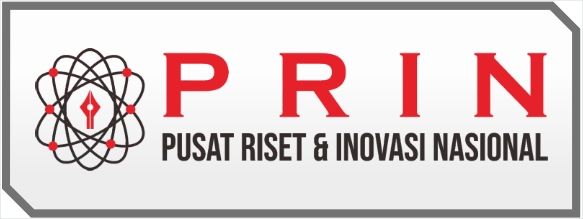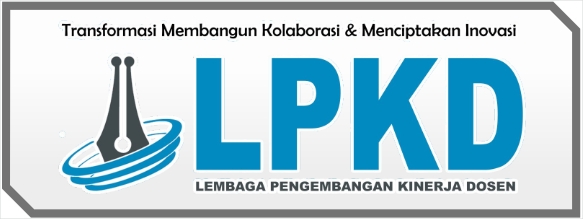Pengelolaan Kesehatan Lingkungan Dalam Situasi Banjir Di Desa Bandar Baru Kecamatan Sibolangit
DOI:
https://doi.org/10.55606/innovation.v1i3.1486Keywords:
Environmental Health, Disaster, FloodAbstract
Floods are one of the major threats that frequently occur in various regions around the world. Floods can be caused by a variety of factors, including heavy rain, overflowing rivers, tidal floods, or water infrastructure damage. This research uses a qualitative descriptive approach, data collection methods using field observations and interviews. The purpose of this study aims to manage environmental health in flood disaster situations in Dusun II Bandar Village, Sibolangit District. The results of the discussion get based on the results of research related to the gender of the head of the household as a sample in this study obtained more men than women. Based on the results of research related to attitudes about disaster risk of household heads, it shows that, of the 12 samples, 50% chose to agree, then 25% disagreed, strongly agreed 15% and 10% disagreed less. Based on the results of research related to the availability of physical facilities and infrastructure for household heads, it shows that, out of 12 samples, 90% chose yes and 10% did not. Based on the results of research related to the existence of organizations or institutions of the head of the household, it shows that, out of 12 samples, 70% chose yes and 30% did not. Based on the results of research related to disaster risk reduction behavior of household heads, it shows that, of the 12 samples, 90% chose yes and 10% did not.
References
Algafari. (2020). Strategi Penanganan Banjir. Makassar. Andi Suswani.
Aryal, K., & Sujakhu, N. (2020). Impact of Community Behavior on Health and Hygiene Practices During Floods in Nepal. Journal of Environmental and Public Health, 2020, 1- 12.
Donny, Muhammad Shofwan, dkk. (2022). Mitigasi Bencana Banjir sebagai Upaya Mengatasi Masalah
Maryono, A. (2020). Menangani banjir, kekeringan dan lingkungan. Ugm Press.
Muhammad Idrus. (2009). Metode Penelitian Ilmu Sosial. Jakarta: Erlangga.
Pan American Health Organization. (2009). Communicable Disease Handbook for Public Health Practice in Emergencies. Washington, D.C: PAHO. Prüss-Üstün, A., & Corvalán, C. (2006). Preventing Disease through Healthy Environments: Towards an Estimate of the Environmental Burden of Disease. Geneva: World Health Organization. Tumpu, Miswar., dkk. (2021).
Rosyidie, A. (2013). Banjir: fakta dan dampaknya, serta pengaruh dari perubahan guna lahan. Jurnal perencanaan wilayah dan kota, 24(3), 241-249.
Sumur Resapan. Makassar. Tohar Media. Twigg, J. (2007). Characteristics of a Disaster-Resilient Community: A Guidance Note. London: DFID.



















